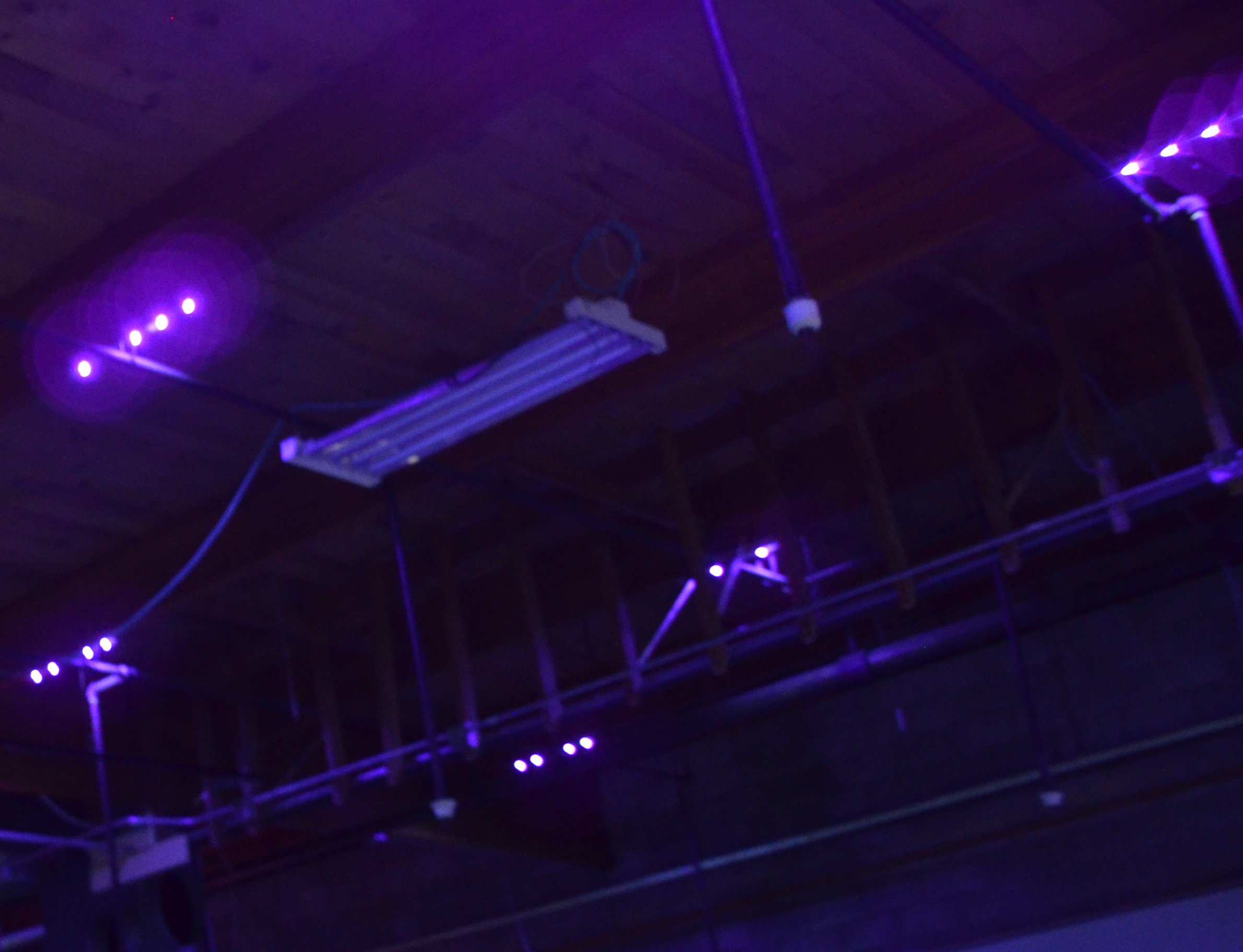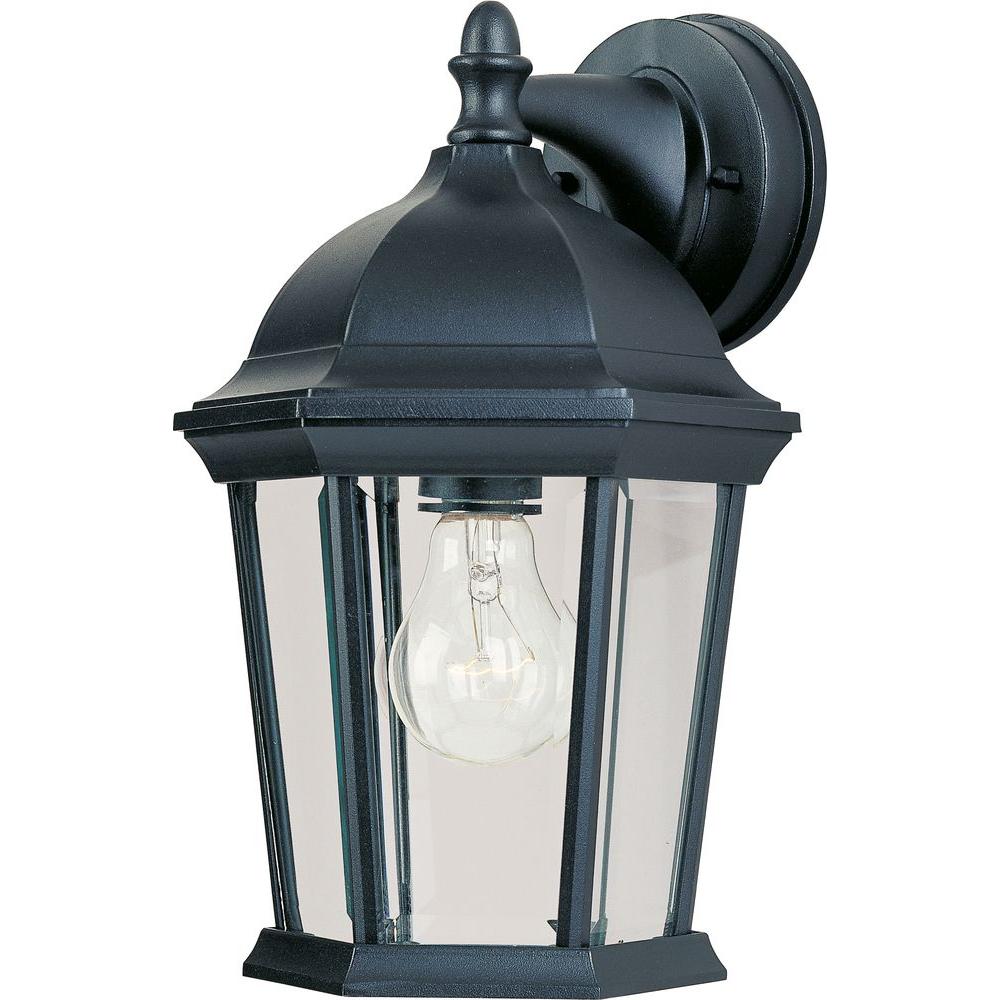

So if you’re ready to never have issues with the sun in your photos again… Now that you’re familiar with all the key issues that come from shooting into the sun, it’s time to discover how they can be avoided.

Make sense? Four Simple Approaches for Dealing With Sun in Your Photography That way, you won’t get the direct sunlight and the flare that comes with it, but you’ll still have the sun at your subject’s back. You can block the sun with your main subject (or with some other large object, like a building or a tree), so that you don’t actually include the sun in the shot, even though it’s technically there. However, you can also try something else: For instance, you can step to one side, or you can get down low or up high to force the sun out of the image. One option is to use a lens hood (and it’s one of the reasons why lens hoods even exist in the first place!).īut if you have the sun directly behind your subject, a lens hood won’t be enough.įirst, you can position yourself so that the sun doesn’t actually appear in the frame. To reduce sun flare, you have to figure out a way to block the sun from entering your lens directly. …so the less you expose your lens to direct sunlight, the better. Note that flare is caused from light bouncing around in your lens… It can also reduce contrast in your scene, which generally looks bad. For one thing, it can obscure important details. Sun flareįlare refers to spots of light in your photos, like this:Īnd while flare can be utilized for artistic effect, it’s often just a nuisance. So make sure you read on to discover how you can prevent this issue from happening. Now, this is what photographers generally aim for when they’re shooting silhouettes because it can look very dramatic.īut it can also be a problem, especially if you’re aiming to get a subject where you want to show all of their features (such as in a family photoshoot). This is the opposite of complete overexposure:Ĭomplete underexposure, where your subject is dark, and your background is dark. While this can be a cool effect, it may not be what you want–which is why you’re going to want to use one of the approaches I discuss below to avoid this type of issue completely. While shooting into the sun often results in a dark subject and a bright background, you’ll occasionally end up with something different:Ĭomplete overexposure, with a bright subject and an even brighter background, like in the photo below. Which is why it pays to anticipate these in advance, and make changes before they ruin your images. If you’re photographing against the sun, then you will encounter a number of issues, beyond the overexposure-underexposure problem I talked about earlier. This is extremely common, and if you continue to let your camera do its thing, then you’ll get the same problem, over and over again.įortunately, there are some easy ways to prevent such an unpleasant result.Īnd in a minute, I’m going to share them with you.īut first, I want to make sure that you understand a few additional problems that come from shooting directly at the sun: Additional Problems to Overcome When Shooting Into the Sun

(Which doesn’t look especially interesting or artistic.) Which is what results in the problem that we’re discussing: a dark subject and a bright background. Your camera sees the very bright sun and the dark subject, and it does the best that it can, setting the exposure somewhere in the middle. If cameras could capture unlimited tonal range, from pitch darkness to the bright sun, then you would end up with images that were just flat, boring, neutral colors.Īnd your camera can handle most scenes pretty well, giving you a nice gradation of tones without making anything too dark or too bright.īut you start to have problems once you introduce a very bright light source, such as the sun (or the sky around the sun).Īnd you position it near a dimly lit subject (such as a person in shade, or a person with the sun behind them). The bright parts of your scene are rendered as very light.Īnd the dark parts of your scene are rendered as very dark. This has an important practical consequence: It cannot capture a very bright area and a very dimly lit area of a scene in the same shot, without making one area look far darker than the other. Your camera has a limit to how much tonal information it can capture in a photo. What Is Dynamic Range, and Why Does It Matter? It has to do with a key camera characteristic:ĭynamic range.

Notice how the main subject is very dark (we refer to this as underexposed), while the background is very bright (also known as overexposed).īut why do you keep getting photos like that?


 0 kommentar(er)
0 kommentar(er)
